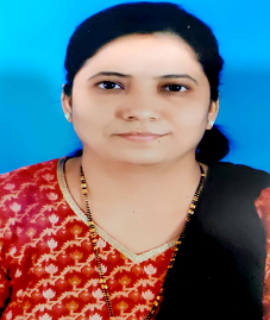Abstract:
All children develop at different rates. However, certain milestones in how children play, learn, speak, behave, and move are signs of typical development. Some milestones, like walking, are physical skills. Other milestones, such as babbling and pointing to draw another person’s attention to something, are related to communication and social interaction. Young children with developmental disorders, such as Autism Spectrum Disorder (ASD), may miss some of these milestones. Or, they may develop these skills but lose them later. Children with ASD have difficulties with social interaction and communication. For example, they may not make eye contact or appear not to understand words or simple instructions. They may show a lack of interest in people, become fixated on certain objects or subjects, get extremely upset at a change in routine, or repeat certain movements (such as rocking back and forth or flapping their hands). The learning and thinking abilities and behaviors of children with ASD vary greatly. Some children may be mildly affected and need only a little help in their daily lives. Others can be profoundly challenged and need significant help. Currently, there is no medical test for ASD. Doctors can diagnose a child who has signs or symptoms by taking a detailed medical history, observing the child’s behavior, and using questionnaires. Treatments for ASD aim to help children improve behaviors that may interfere with their development and quality of life. Effective treatments may vary from child to child, depending on their individual needs.
Benefits and Harms of Screening for Autism Spectrum Disorder:
The goal of screening is to identify children who may have signs or symptoms that suggest ASD so that it can be diagnosed and treated. Screening is generally done with a questionnaire that a parent fills out. The questionnaire asks about a child’s communication and social interaction abilities. If the screening suggests ASD may be a possibility, then follow-up tests are done to diagnose the condition.
The Centers for Disease Control and Prevention estimates that 1 in 68 children has an autism spectrum disorder (ASD) and the majority of children are not diagnosed until after 4 years of age. Current approaches rely on developmental surveillance, general developmental screening, and/or parental concerns. Systematic screening has been advocated for identifying ASD at earlier ages.
In a busy pediatric office practice it is not uncommon to miss a child with ASD especially at an early age where the functional limitation arising is socially acceptable. A screening protocol will help busy pediatricians to screen all children for ASD for early identification and referral.




